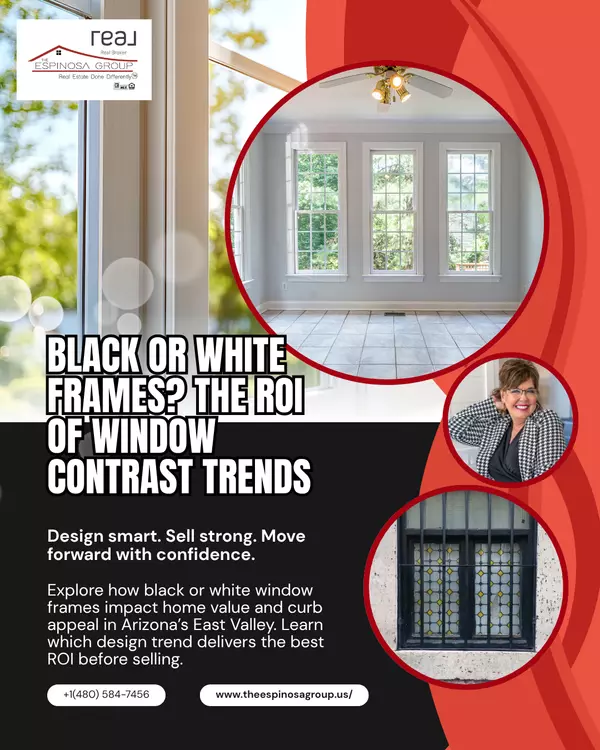New Construction vs. Existing Homes: Which is Right for You?
When embarking on the home-buying journey, one of the most significant decisions is choosing between a brand-new home or an existing property. Each option offers unique advantages and challenges that can significantly impact your lifestyle, budget, and long-term satisfaction. Let’s explore both options in greater depth to help you decide what’s best for your situation.
The Benefits of Buying New Construction
A new construction home offers the allure of being the very first occupant in a space designed with modern tastes and conveniences in mind.
Customization Opportunities
- Personalized Design Choices: Many builders allow buyers to choose finishes, such as flooring, countertops, and cabinetry, ensuring the home reflects your style.
- Floor Plan Flexibility: In many cases, you can modify layouts to suit your family’s needs, like adding a home office or an extra bedroom.
Energy Efficiency and Technology
- Green Features: New homes often include energy-efficient appliances, solar panels, smart thermostats, and insulated windows, reducing monthly utility bills.
- Smart Home Integration: Features like app-controlled lighting, security systems, and smart doorbells come pre-installed, offering convenience and security.
Minimal Maintenance
- Everything is New: With brand-new systems, roofs, and appliances, you’re unlikely to face major repairs for the first several years.
- Builder Warranties: Many builders provide warranties that cover structural elements and appliances, offering peace of mind.
Enhanced Community Features
- Modern Developments: Many new construction neighborhoods include shared amenities like pools, parks, and fitness centers, enhancing the community feel.
Drawbacks of New Construction
Despite its appeal, new construction homes come with some limitations:
-
Higher Costs:
- Customization and upgrades can quickly increase the base price, pushing the home beyond your original budget.
-
Distance from Urban Centers:
- New developments are often located on the outskirts of cities, which can mean longer commutes and fewer established amenities nearby.
-
Construction Delays:
- If the home is still being built, you may face unexpected delays due to weather, supply chain issues, or labor shortages.
-
Unfinished Neighborhoods:
- Landscaping, schools, and other community features may still be in development, leaving a less polished feel initially.
The Benefits of Buying an Existing Home
For those who value charm, location, and immediate availability, existing homes present a compelling option.
Affordability and Negotiation Power
- Lower Purchase Price: Existing homes often come with a lower price tag than new builds, especially in established neighborhoods.
- Room for Negotiation: Sellers may be more flexible on price, closing costs, or repairs, especially in slower markets.
Established Neighborhoods
- Mature Landscaping: Older homes often feature larger trees, lush lawns, and fully developed outdoor spaces that take years to cultivate.
- Community Feel: Many existing neighborhoods have a strong sense of identity, complete with nearby schools, shopping, and social activities.
Architectural Character
- Unique Designs: Older homes often boast details like crown molding, hardwood floors, or built-in features that are harder to find in new builds.
- Historical Charm: A vintage home can offer a sense of history and personality that appeals to many buyers.
Move-In Ready
- No Waiting Period: Unlike new construction, existing homes are often ready for immediate occupancy once the sale is finalized.
Drawbacks of Existing Homes
While existing homes have their charm, they also come with potential challenges:
-
Maintenance and Repairs:
- Older systems, such as HVAC, plumbing, or roofing, may require repairs or replacements sooner than expected.
-
Energy Inefficiency:
- Older homes often lack modern insulation, windows, and energy-efficient systems, leading to higher utility costs.
-
Limited Customization:
- Renovating to match your personal taste or modernize the space can be time-consuming and expensive.
-
Hidden Issues:
- Structural or foundational problems may not be apparent during the initial viewing and could become costly surprises later.
Comparing New Construction vs. Existing Homes
| Feature | New Construction | Existing Homes |
|---|---|---|
| Price | Higher upfront costs, especially with upgrades | Often more affordable, with room for negotiation |
| Location | Farther from city centers | Typically closer to urban areas |
| Maintenance | Minimal for several years | Potential for costly repairs |
| Energy Efficiency | Modern, eco-friendly designs | May require updates |
| Customization | High customization potential | Limited without renovations |
| Neighborhood | New developments | Established communities |
How to Decide
-
Assess Your Priorities:
- If you value customization and modern amenities, new construction may be worth the higher cost.
- If you prioritize location, affordability, and character, an existing home might be a better fit.
-
Consider Your Budget:
- Factor in the total cost of ownership, including maintenance, energy bills, and potential renovations.
-
Think Long-Term:
- Evaluate how the home fits into your lifestyle and future goals, such as family growth or resale potential.
-
Consult a Professional:
- Working with an experienced real estate agent can help you weigh the pros and cons based on your unique needs and market conditions.
Your Real Estate Experts Are Here to Help
Whether you’re leaning toward a brand-new home or an existing property, The Espinosa Group is here to guide you through every step of the process.
Let’s find the perfect home for you in 2025!
Categories
- All Blogs (225)
- Contracts, Negotiations & Process (4)
- Home Buying Process (19)
- Home Buying, Selling, and Investing Tips (65)
- how to buy a house (9)
- How to sell your house (11)
- Importance of a Real Estate Agent (1)
- real estate investment strategies (14)
- Real estate Market in Arizona (7)
- ROI tips (14)
- Selling a home (19)
- STAGING DIFFERENTLY (37)
- Staging tips for selling (23)
- THE AGENT (5)
Recent Posts













